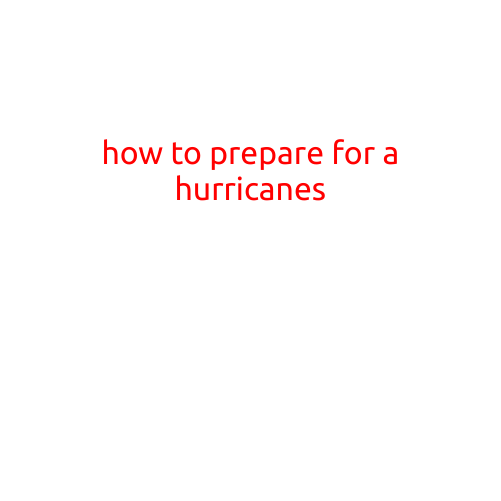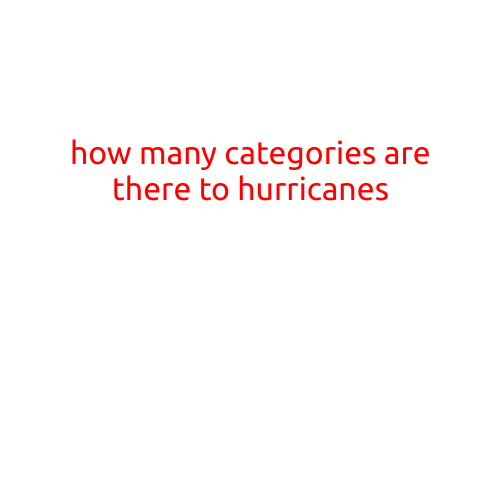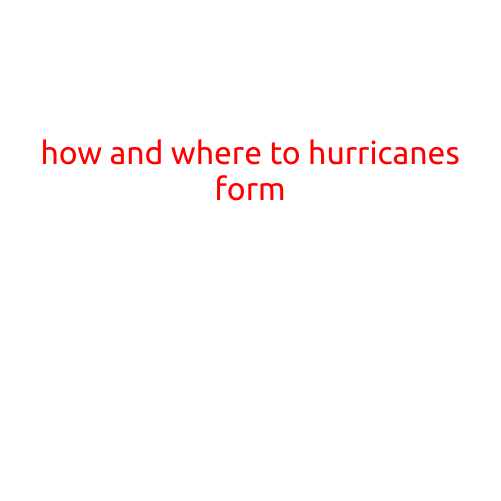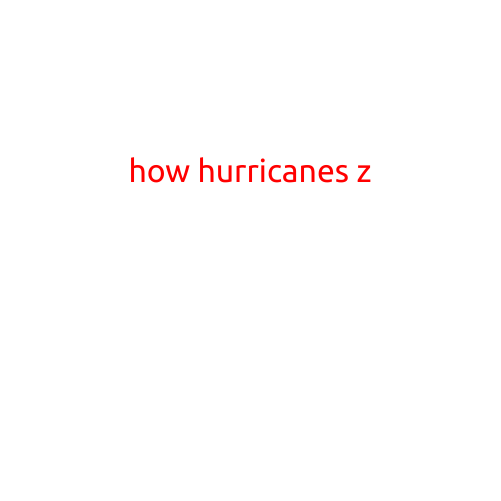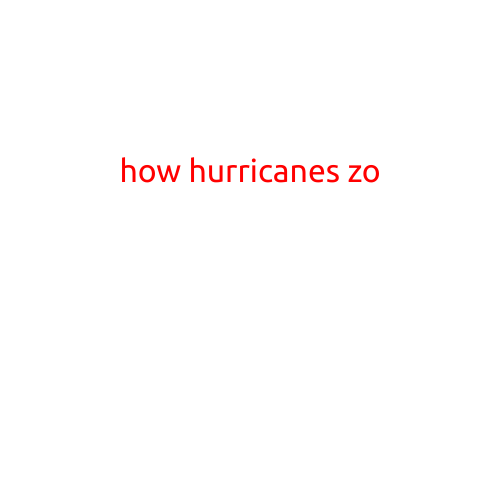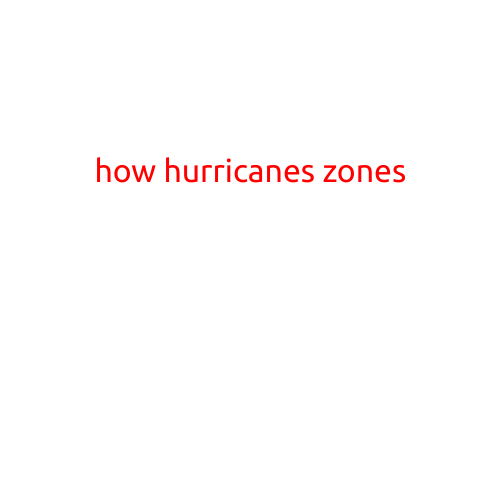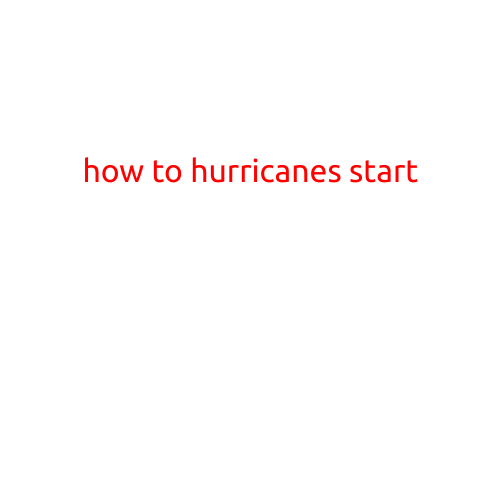
How to Hurricanes Start: The Science Behind the Storm
Hurricanes are powerful tropical cyclones that can bring catastrophic destruction and flooding to coastal communities. But have you ever wondered how these massive storms form in the first place? The process is complex and involves a combination of atmospheric and oceanic conditions. In this article, we’ll delve into the science behind how hurricanes start and explore the key factors that contribute to their formation.
The Perfect Storm
Hurricanes need a specific set of conditions to develop. These conditions are often referred to as the “perfect storm” because they must come together in a specific way to create the ideal environment for a hurricane to form. The key factors are:
- Warm ocean waters: Hurricanes need warm ocean waters to develop and maintain their strength. The waters must be at least 26.5°C (80°F) to a depth of about 50 meters (164 feet).
- Moisture: Hurricanes also need high levels of moisture in the atmosphere to develop and sustain their strength. This moisture is usually present in the warm ocean waters.
- Low atmospheric pressure: Hurricanes need an area of low pressure in the atmosphere to develop and grow. This low pressure acts as the driving force behind the storm’s rotation.
- Wind shear: Hurricanes need a certain amount of wind shear, which is a change in wind direction and speed over a short distance, to develop and maintain their strength.
The Formation Process
Now that we have the perfect storm, let’s explore the formation process:
- Thunderstorms: The first stage of a hurricane’s formation is the development of thunderstorms over the warm ocean waters. These storms are fueled by the warm air rising from the ocean.
- Tropical disturbance: As the thunderstorms continue to develop, they begin to rotate due to the Coriolis effect. This rotation creates a tropical disturbance, which is an area of low pressure surrounded by a ring of thunderstorms.
- Tropical depression: If the tropical disturbance continues to strengthen, it will eventually develop into a tropical depression, which is a rotating system of clouds and thunderstorms with wind speeds of less than 38 mph (61 km/h).
- Tropical storm: If the tropical depression continues to strengthen, it will eventually develop into a tropical storm, which is a rotating system of clouds and thunderstorms with wind speeds of 39-73 mph (63-118 km/h).
- Hurricane: Finally, if the tropical storm continues to strengthen, it will eventually develop into a hurricane, which is a rotating system of clouds and thunderstorms with wind speeds of 74 mph (119 km/h) or higher.
Conclusion
Hurricanes are complex and powerful storms that require specific conditions to form. By understanding the science behind how hurricanes start, we can better prepare for these storms and mitigate their impact on communities. The next time a hurricane forms, remember the perfect storm of warm ocean waters, moisture, low atmospheric pressure, and wind shear that came together to create it. With this knowledge, we can work together to reduce the risks and impacts of hurricanes and keep our communities safe and resilient.
